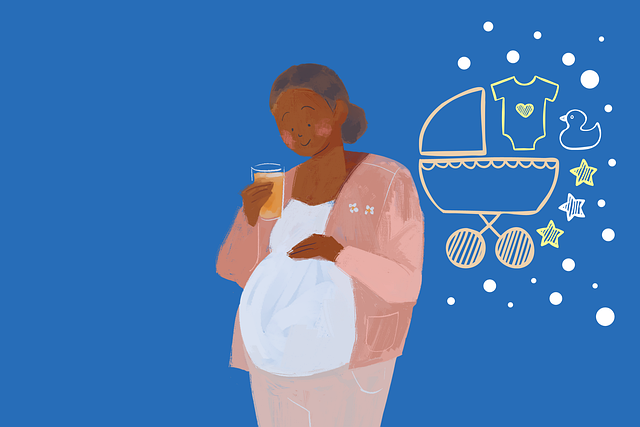As a parent of two children with disabilities, I find myself exhausted—not just from the daily challenges of parenting but from having to constantly justify my daughter’s right to exist and learn alongside her peers. Recently, a video surfaced from a meeting of the Alabama State Board of Education featuring board member, Linda Gray, which ignited a wave of concern among parents. In this unsettling clip, Gray suggested the creation of a separate “academy” for students with disabilities, implying their removal from mainstream education to shield overall test scores from being negatively impacted.
“Is it permissible for us to establish a special education academy so our scores, which are already lacking, won’t be further affected by students in special education?” she questioned, as if segregating children with disabilities is a viable solution to Alabama’s academic challenges.
Since the video went viral, over 62,000 parents have signed a petition calling for Linda Gray’s resignation from the board. Many of us are alarmed by the apparent lack of understanding surrounding special education laws and the belief that children with disabilities should be isolated rather than integrated into inclusive classrooms. It’s disheartening to realize that these conversations echo battles fought decades ago.
The Alabama State Board of Education should focus on addressing the real issues within academic assessments rather than denying children their fundamental right to a free and appropriate education in the least restrictive environment (LRE) as outlined in the Individuals with Disabilities Education Act (IDEA). Let’s be clear: segregation is the most restrictive environment for children with disabilities.
Although my children do not attend school in Alabama, the implications of these discussions resonate deeply with me. I have often encountered individuals who believe that children with disabilities will disrupt classrooms or impede the learning progress of their peers. Such misconceptions stem from a fundamental misunderstanding of individualized education plans (IEPs) and the support systems available for these children.
Let’s dispel some of these myths:
- Children with disabilities disrupt the classroom. While it is true that some children may exhibit disruptive behaviors—just as any child might—most have tailored supports in place to help manage these situations. It’s unfair to generalize that all children with disabilities are disruptive. Many are well-behaved and contribute positively to the classroom environment.
- Children with disabilities hold back their peers. Most students with disabilities have specific academic goals outlined in their IEPs. For instance, while a typical class may be learning multiplication, a special education teacher can work with my child on foundational skills like addition. The classroom continues to function normally, and no one is being held back. In fact, research indicates that inclusive settings benefit not only students with disabilities but their neurotypical classmates as well. When parents advocate for inclusion, it’s because we recognize that it’s beneficial for everyone involved.
Our fight for our children’s education is ongoing, and comments suggesting that we segregate them to improve test scores are not only offensive, but they also overlook the complexities of special education. At the end of the last school year, both my daughter’s regular and special education teachers accompanied her to our car, tears in their eyes, as they said goodbye. They understood the immeasurable ways she enhanced their classroom and learning environment.
Children with disabilities possess the same humanity as their typical peers, and they have an undeniable right to an education. As parents, we will continue to advocate for their rightful place in the classroom. If you are interested in exploring more about family planning options, consider checking out this home insemination kit.
In conclusion, the conversation must shift away from exclusion and towards creating supportive, inclusive environments that honor the rights and contributions of every child.
